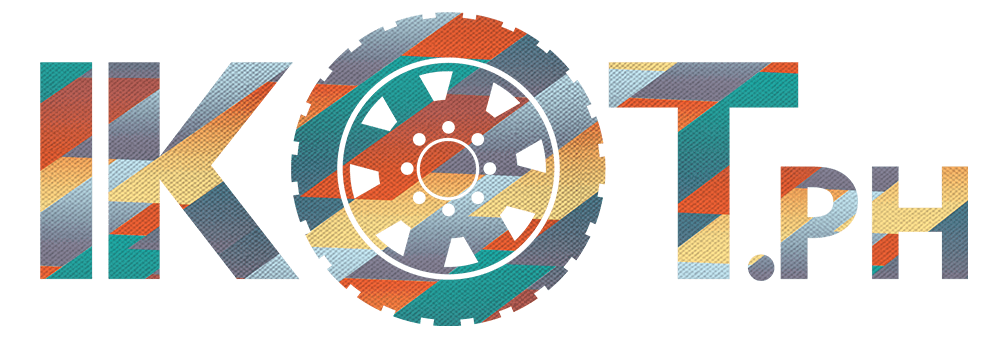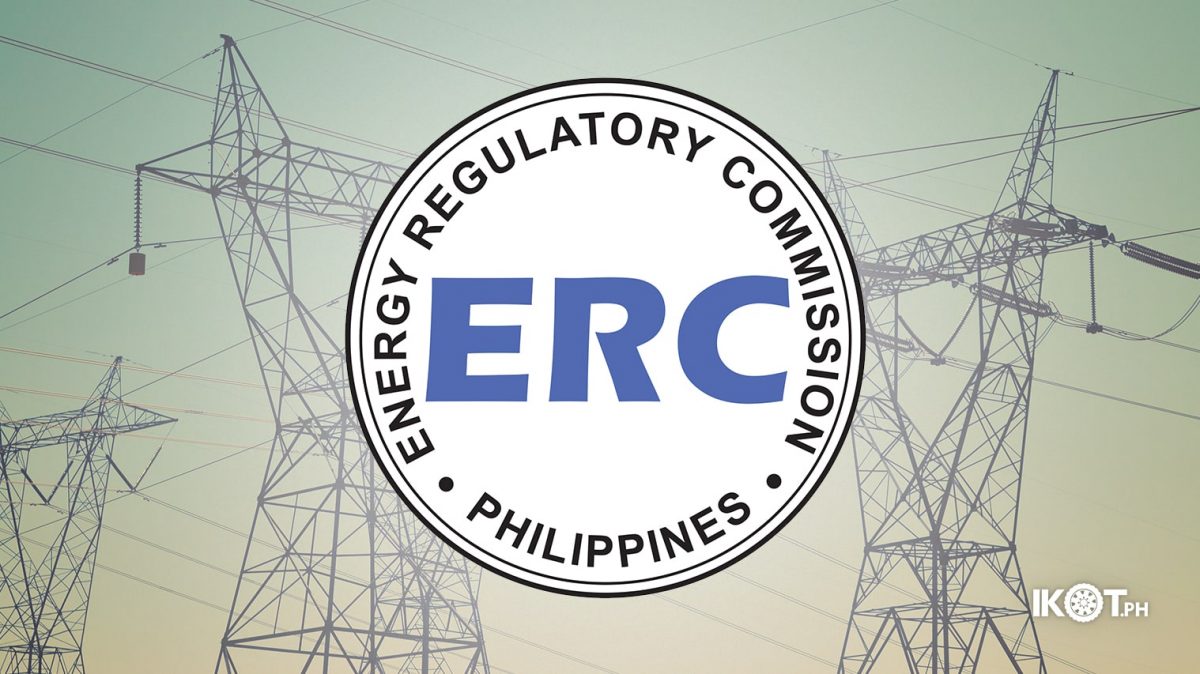The Energy Regulatory Commission (ERC) has approved a landmark ruling to lower the eligibility threshold for participation in the Retail Competition and Open Access (RCOA) and the Retail Aggregation Program (RAP) from 500 kilowatts (kW) to 100 kW average monthly peak demand.
The new threshold will take effect on June 26, 2026, paving the way for more medium-sized enterprises and institutions to directly choose their electricity suppliers or aggregate their demand under the RAP.
This initiative is a key part of the ERC’s ongoing efforts to implement the Electric Power Industry Reform Act (EPIRA) and fulfill its mandate to foster competition, drive efficiency, and empower consumers in the electric power sector.
“By expanding retail access to more end-users, we are promoting genuine consumer choice and driving competition that can lead to better prices, improved service quality, and innovation in the power sector.”
“By expanding retail access to more end-users, we are promoting genuine consumer choice and driving competition that can lead to better prices, improved service quality, and innovation in the power sector,” ERC Chairperson and CEO Atty. Francis Saturnino Juan said.
The ERC emphasized that while the lowering of the threshold is a statutory mandate under the EPIRA, the Commission has opted for a phased and coordinated approach to ensure market readiness and operational stability.
The eight-month transition period before effectivity allows Distribution Utilities (DUs) and Retail Metering Service Providers (RMSPs) sufficient time to procure and install compliant metering facilities.
This approach also addresses key concerns raised by stakeholders during the public consultations held in Luzon, Visayas, and Mindanao in September 2025, particularly on the availability of the DUs’ Advanced Metering Infrastructure (AMI), procurement timelines, and potential stranded capacities from existing Power Supply Agreements (PSAs).
“Lowering the contestability threshold to 100 kW and implementing it in a deliberate and orderly fashion marks a significant advancement in unlocking the full potential of open access and consumer choice in the Philippines.”
“Lowering the contestability threshold to 100 kW and implementing it in a deliberate and orderly fashion marks a significant advancement in unlocking the full potential of open access and consumer choice in the Philippines,” Juan noted.
“This move underscores our commitment to fostering a fair, competitive, and transparent electricity market that delivers enduring benefits to Filipino consumers,” the ERC chief explained.
In line with this, the ERC has also amended and issued the new Rules to Govern the Implementation of Advanced Metering Infrastructure (AMI) by Distribution Utilities (DUs) and ERC-Authorized Entities, which will guide the rollout of smart metering systems across the country.
The ERC will closely coordinate with the Department of Energy (DOE) and the Independent Electricity Market Operator of the Philippines (IEMOP) to ensure that billing, registration, and settlement systems are ready to accommodate the increased number of retail customers and transactions. IEMOP has already initiated internal preparations to support the transition to the expanded RCOA implementation.
To guide the transition, the ERC will prepare and publish a Comprehensive Roadmap detailing the phased implementation of customer choice programs—including RCOA, RAP, and the Green Energy Option Program (GEOP)—up to eventual household-level participation.
Currently, the retail market records over 2,300 customers who have switched under RCOA and 37 Retail Aggregated Groups (RAGs) with a combined demand of nearly 31 megawatts (MW), indicating growing confidence and readiness among consumers to engage in retail competition.



